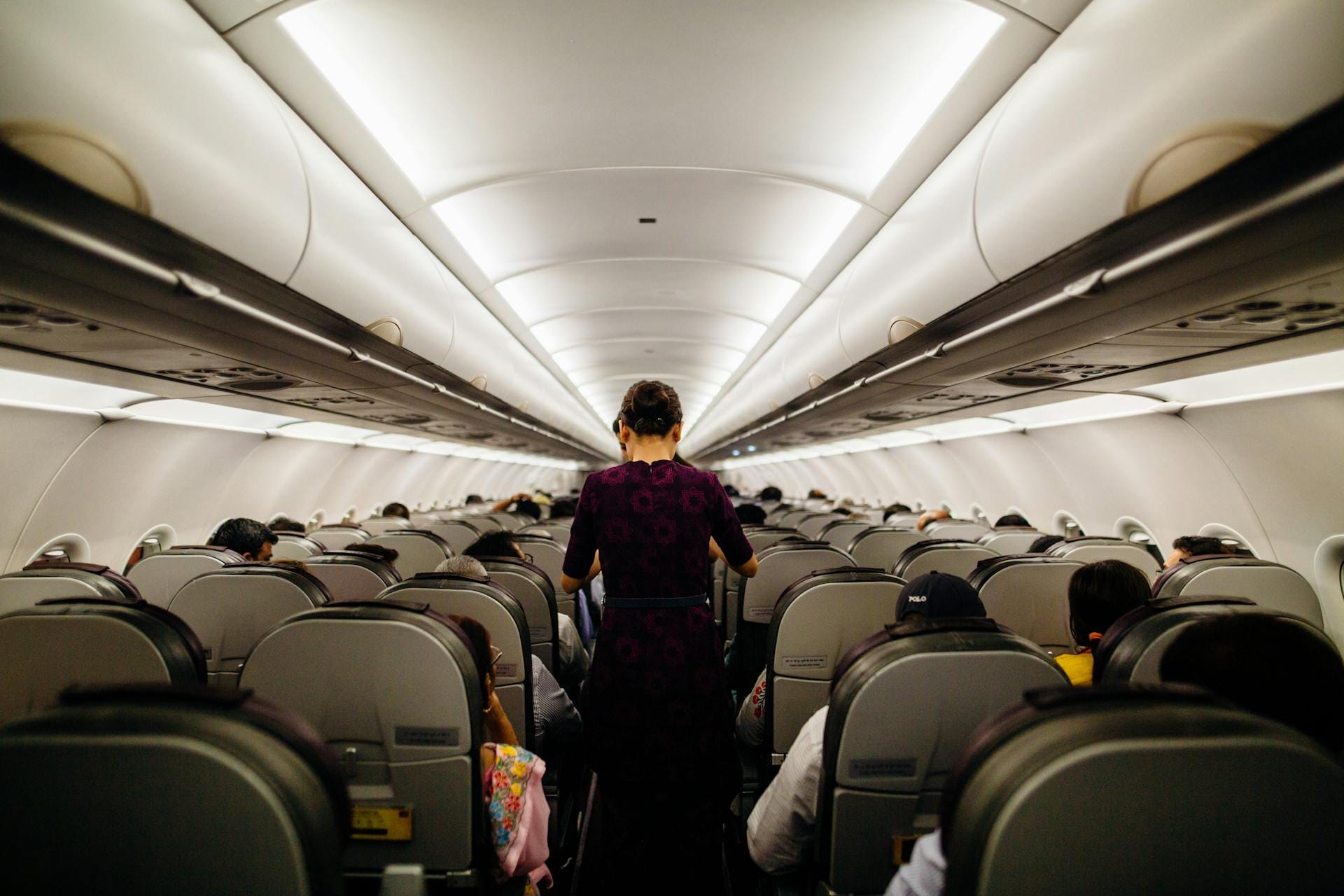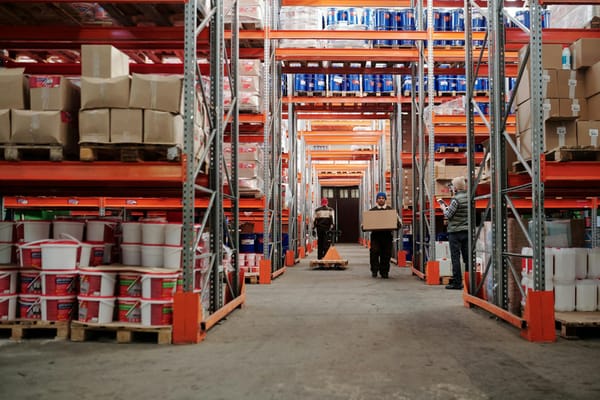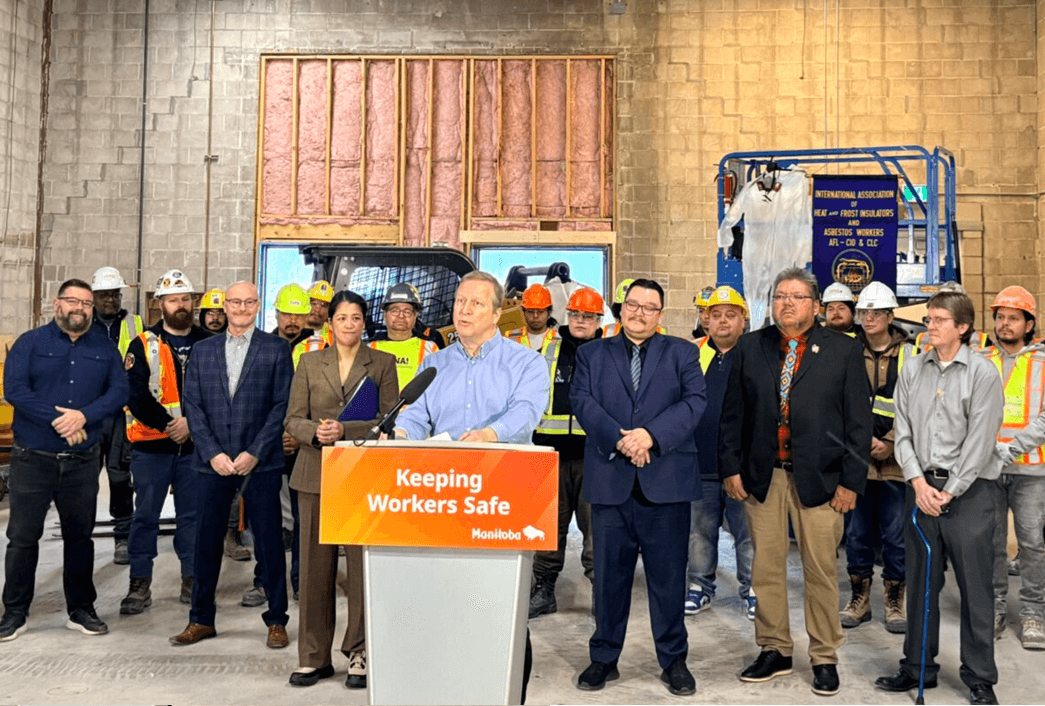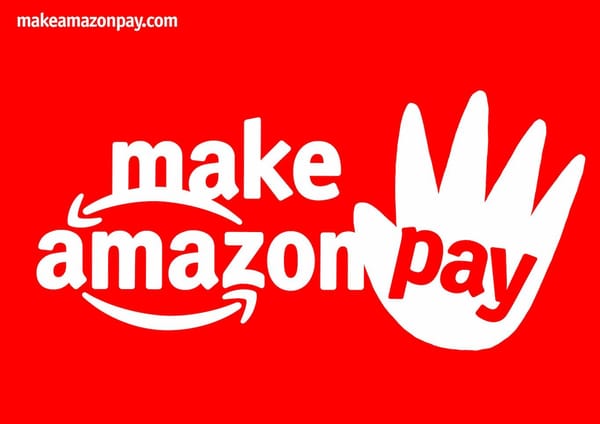
Airlines have become a post-pandemic hotbed of labour unrest. While prices have edged up and profits have soared, airline industry workers are facing stagnant pay and unfair working conditions. But pilots, cabin staff and ground crews have all been fighting back and often winning big.
Last week, Air Canada flight attendants represented by the Canadian Union of Public Employees (CUPE) voted overwhelmingly to authorize a strike if a new agreement isn’t reached with the airline by August 16.
Delivering one of the strongest strike mandates in recent Canadian history, 99.7 per cent of flight attendants opted to authorize job action, with 94.6 per cent of more than 10,000 members turning out to vote.
Mobilizing such a commanding strike vote in a bargaining unit of this size is a remarkable accomplishment and demonstrates members’ resolve to win a strong contract.
After being locked into a 10-year collective agreement, these workers are now fighting to end unpaid work and substandard pay at one of Canada’s most profitable corporations.
Julia Smith, an associate professor in the Labour Studies Program at the University of Manitoba who has researched the history of flight attendant work and labour organizing, told Class Struggle that the recent upsurge in labour action builds on a long tradition of struggle.
“Flight attendants in Canada have a long history of organizing collectively to improve their wages and working conditions. Over the years, unionized flight attendants have successfully challenged many sexist and demeaning airline policies, including those that required flight attendants to be a certain age, height, and weight, wear sexualized uniforms, and quit upon becoming married or pregnant,” she said.
Over the past two years, flight attendants across multiple airlines have been campaigning to raise awareness about the extraordinary amount of unpaid work they do.
These workers are paid only when planes are in the air and thus do much of the vital work that allows airlines to function for free. Despite being job requirements, completing safety checks, attending to onboard medical and safety emergencies, and assisting passengers during boarding and deplaning are all unpaid tasks.
Survey data collected by CUPE in late-2022 and early-2023 showed that flight attendants work almost an extra week unpaid every month. In April 2023, CUPE held a national day of action at airports in Montreal, Toronto, Calgary and Vancouver to call on the airlines and the federal government to finally put an end to this unpaid work.
When flight attendants are officially ‘on the clock,’ their pay is often punishingly low. According to the union’s figures, while inflation has risen by 169 per cent over the past 25 years, entry-level flight attendant pay has grown by only 10 per cent over the same period, or an insulting $3 per hour. A new flight attendant working at Air Canada earns less than the federal minimum wage annually when unpaid hours are factored in.
As Smith put it, “Although flight attendants are first and foremost safety professionals (in the early days of passenger air travel flight attendants were registered nurses), they have had to fight to be recognized as such by both management and the public and to be compensated accordingly. As the recent strike vote shows, this struggle continues.”
Ahead of this round of bargaining, the union launched its “Unfair Canada” campaign to take the fight against unpaid work and poor compensation directly to Air Canada. Now that they’re sitting face-to-face across the bargaining table with the corporation’s representatives, workers are demanding these issues finally be addressed.
The stakes at Air Canada are huge. At the end of December, CUPE’s collective agreement covering nearly 3,000 flight attendants at WestJest will also expire. The contract at Air Canada will thus set a precedent for what’s possible at the historically more union-hostile western Canadian airline.
Moreover, CUPE is in the midst of an organizing campaign at Porter Airlines, the last union holdout among major Canadian air transport companies. Strong contracts for cabin crews at Air Canada and WestJet will help secure a good first agreement at Porter, raising the pay and standards for a group of workers that until now has worked without union protection.
CUPE’s recent organizing efforts at Porter follow closely on the heels of an Air Line Pilots Association (ALPA) push to unionize pilots at the same company.
In early July, ALPA submitted cards to the Canada Industrial Relations Board and is confident the union has majority support. Workers in federally regulated industries, including air transportation, can join or form unions by submitting signed membership cards covering a majority of workers and are normally not required to demonstrate support in a second, secret-ballot election. Within weeks, Porter pilots will thus likely join the ranks of organized labour.
Pilots at Porter have no doubt noted the difference union membership has made at Air Canada. Last year, pilots at the latter airline reached a last-minute deal, narrowly averting a work stoppage after 98 per cent of ALPA members voted to strike. Despite the union securing a nearly 42 per cent wage hike over four years, only two-thirds of bargaining unit members voted to ratify the contract. Pilots were clearly frustrated and demonstrated how high their expectations were.
It’s not only pilots and flight attendants who have been flexing their union muscles. Aircraft mechanics have also been particularly militant of late. The small, independent Aircraft Mechanics Fraternal Association (AMFA) struck WestJet last summer, grounding more than 400 flights and ultimately securing members about a 26 per cent pay bump for its roughly 680 members at the airline.
This episode was particularly significant because it was the first in a series of provocative government interventions into union negotiations and strikes in critical national industries. After the AMFA tried for months to secure a contract at WestJet, the Liberal government attempted to remove the union’s right to strike and force it into binding arbitration. While complying with the letter of the labour minister’s directive to begin arbitration, the union simultaneously walked off the job in a show of defiant militancy. Direct action got the goods.
With negotiations between CUPE and Air Canada heating up, how the federal government will respond in this instance is an open question. The Liberals’ propensity to intervene in key federal sector negotiations and bail out obstinate employers has been on full display several times over the past year.
As Steven Tufts, an associate professor in geography at York University who has studied the airline industry, told Class Struggle, “The actions of the government over the next few weeks will be telling. Will the Liberals support the rights of workers to negotiate freely or will they put their finger on the scale to give employers more power?” With the most-recent federal election over, Prime Minister Mark Carney and his new government may feel more secure using a heavy hand against flight attendants, Tufts noted.
Indeed, airline workers have frequently been the target of back-to-work legislation and other forms of government repression. In 2012, wildcat strikes erupted among various Air Canada employees after the Conservative government of Stephen Harper deployed pre-emptive back-to-work legislation against pilots set to strike. The government had used similar legislation against flight attendants and customer service representatives the year prior. Bag handlers and ground crews walked off the job illegally. Pilots grounded dozens of flights in a mass “sick-out.”
Yet, these episodes also demonstrated the two-sidedness of key sectors like airlines. While the government has an interest in containing disruptive union militancy, workers can also exercise strategic power in an industry integral to the national economy. When combined with a strategy to mobilize members, unions can make sizeable gains, even in otherwise tough bargaining environments.
For example, in 2022, when many union members were struggling with high inflation and lagging wage settlements, Teamsters members at Menzies Aviation at Toronto Pearson International Airport secured one of the most impressive contracts in Ontario: 7.5 per cent yearly average raises and a nearly 20 per cent first-year pay bump.
Recognizing the strategic national and regional power of the air transport sector, union and non-union workers at Pearson formed the Toronto Airport Workers’ Council several years ago to create a cross-union space for socialist labour education and to build coalition worker-power at the city’s largest employer. Though the project has fizzled as of late, it offers a model to emulate at other key worksites where workers hold outsized leverage and are dispersed across multiple employers, trades and unions.
In this critical moment, workers at Air Canada, WestJet and Porter have a chance to build on other union members’ recent gains.
Air Canada has raked in billions since the pandemic, while its flight attendants have been locked into an extended contract and living on subpar wages. Meanwhile, executive compensation at the airline has continued to climb, surpassing pre-pandemic levels. The president/CEO alone took home nearly $12.5 million last year.
If the airline labour upsurge continues, workers may soon rightfully take back a larger portion of that surplus for themselves.
Recent Class Struggle Issues
- August 5 | Labour Mishandled The Government’s Bill C-5 Power Grab
- July 28 | The Income Gap In Canada Has Reached A Record High
- July 21 | Amazon Workers In B.C. Have Won Union Certification
- July 14 | Uber Drivers Have Unionized For The First Time In Canada







